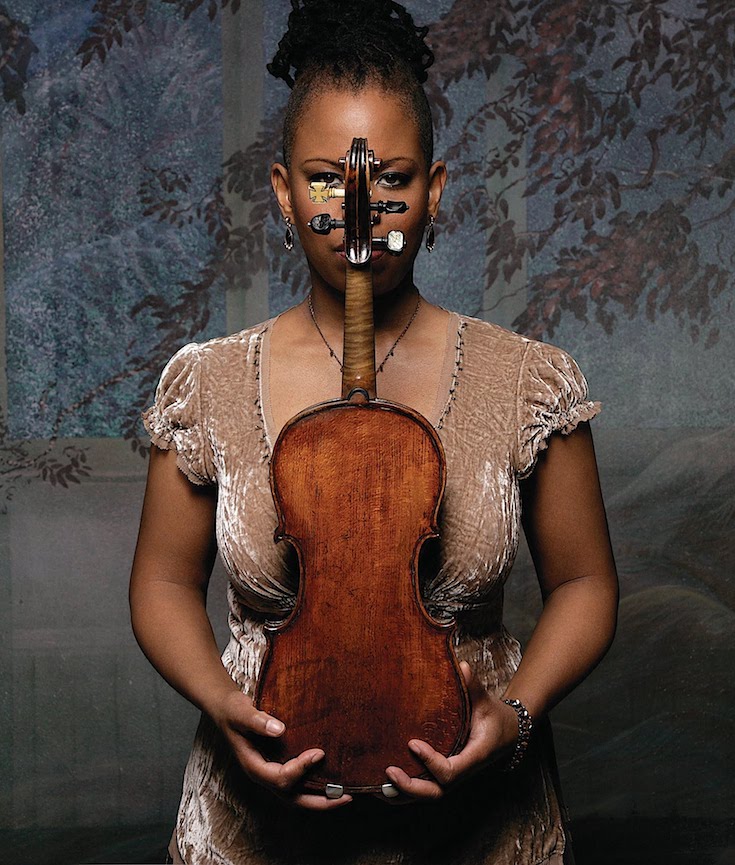[dropcap]Jazz[/dropcap] spans the generations. From its inception more than a century ago when Buddy Bolden started his first band in 1895, growing from a blue seed planted deep in black earth, the treasured art form some refer to as America’s classical music, jazz, encompasses an ever-expanding width and depth spanning the reaches of past, present and future.
And every year, for the past 38 years, Detroit has hosted what has become not only the largest free jazz festival in the world, but also, I would argue, the most authentic. For one thing, it’s in Detroit, so there’s that. We’re the musical center of gravity for the rest of the world, there’s no arguing that (unless you don’t know any better), which right off the bat places a Detroit Jazz Festival at least a few steps ahead of whoever else is pretending to do what we do. Great big steps.
If you doubt that, simply take a look at the year-to-year artist lineup of any Detroit Jazz Festival, going back even to when it was known as Montreaux-Detroit Jazz Festival, and compare that list to any other major jazz festival around the country or around the globe. Year after year, Detroit consistently packs in far more actual jazz per square musical inch. Because some jazz festivals (who shall remain nameless) really should consider removing the word ‘jazz’ from their respective so-called jazz festivals. Because trying to find jazz at those festivals is like trying to find sasquatch at a drive-in. Wearing blue suede shoes. And a tux.
[mc4wp_form id=”6042″]
 Karriem Riggins | Derrick K. Lee, Esq
Karriem Riggins | Derrick K. Lee, Esq
HISTORICALLY BLACK COLLEGES & UNIVERSITIES | HBCU
Historically black colleges and universities (HBCUs) are institutions of higher education in the United States that were established before 1964 with the intention of primarily serving the African American community. They have always allowed admission to students of all races. Most were created in the aftermath of the American Civil War and are in the former slave states, although a few notable exceptions exist.
There are 107 HBCUs in the United States, including public and private institutions, community and four-year institutions, medical and law schools.
Most HBCUs were established after the American Civil War, often with the assistance of northern United States religious missionary organizations. However, Cheyney University of Pennsylvania (1837) and Lincoln University (Pennsylvania) (1854), were established for blacks before the American Civil War. In 1856 the AME Church of Ohio collaborated with the Methodist Episcopal Church, a predominantly white denomination, in sponsoring the third college Wilberforce University in Ohio. Established in 1865, Shaw University was the first HBCU in the South to be established after the American Civil War.
The Higher Education Act of 1965, as amended, defines a “part B institution” as: “…any historically black college or university that was established before 1964, whose principal mission was, and is, the education of black Americans, and that is accredited by a nationally recognized accrediting agency or association determined by the Secretary [of Education] to be a reliable authority as to the quality of training offered or is, according to such an agency or association, making reasonable progress toward accreditation.”Part B of the 1965 Act provides for direct federal aid to Part B institutions.
In 1862, the Federal government’s Morrill Act provided for land grant colleges in each state. Some educational institutions in the North or West were open to blacks before the Civil War. But 17 states, mostly in the South, had segregated systems and generally excluded black students from their land grant colleges. In response, Congress passed the second Morrill Act of 1890, also known as the Agricultural College Act of 1890, requiring states to establish a separate land grant college for blacks if blacks were being excluded from the existing land grant college. Many of the HBCUs were founded by states to satisfy the Second Morrill Act. These land grant schools continue to receive annual federal funding for their research, extension and outreach activities. The Higher Education Act of 1965 established a program for direct federal grants to HBCUs, including federal matching of private endowment contributions. (Wikipedia).




You must be logged in to post a comment.